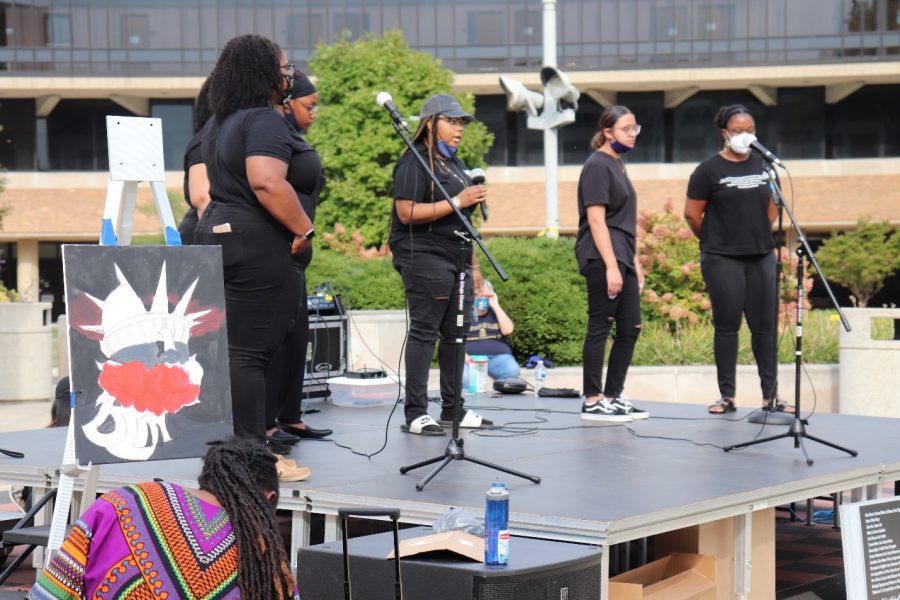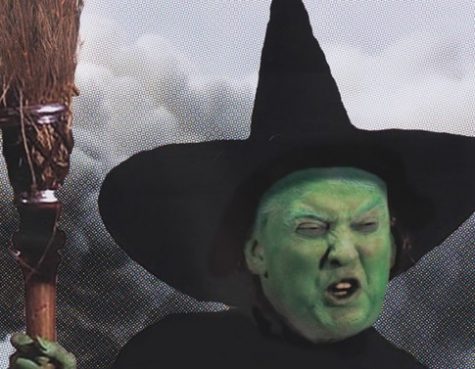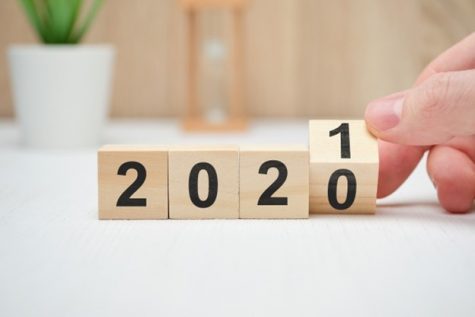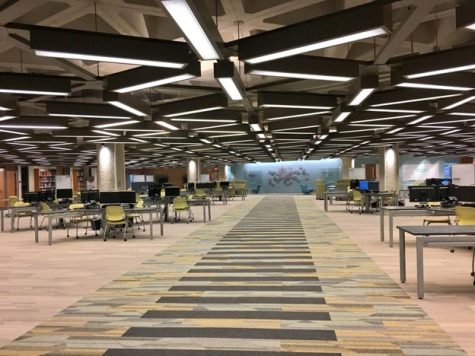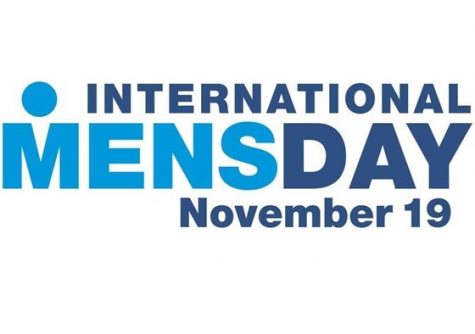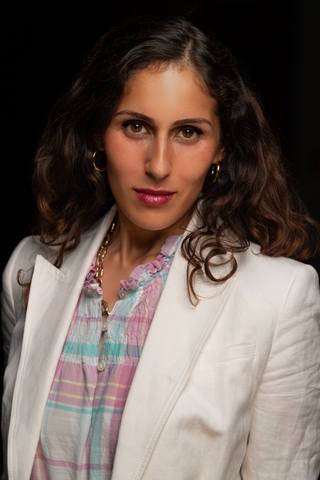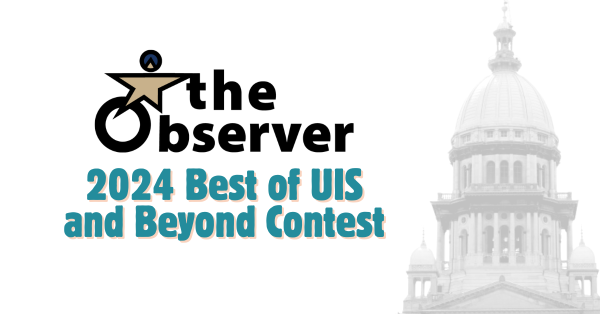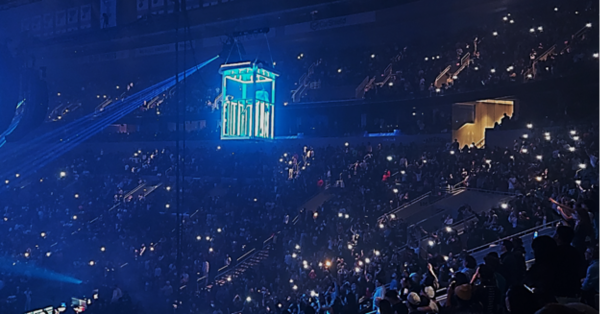The Prairie Protest
George Floyd was killed at the hands of the police five months ago. This sparked a movement against police brutality across the nation that is by no means new, but is still gaining momentum as time goes on.
“[The death of Floyd] was in many ways what woke America up again, right? When we think about the injustice that laid dormant for years, and it takes that one incident to kick it back off,” Justin Rose, Director of Diversity and Inclusion said at the Prairie Protest. Then, Justin Jones-Felder of Alpha Phi Alpha read the transcript of the last moments in George Floyd’s life.
Jones-Felder highlighted that Floyd begged for his life because he knew what was about to happen to him. “Now you all heard this man fear for his life in the very beginning. He knows what’s about to happen. And he still can’t prevent it,” Jones-Felder says after his reading. “He pleaded for his life with the officer. And he still took it.”
This moment was followed by a performance from Voices in Praise and then a moment of silence lasting for eight minutes and 46 seconds, the time it took for George Floyd to suffocate under the knee of the officer who killed him.
A protest is where the power of the people gets to be put on display. At UIS, this is no different. The Prairie Protest welcomed several students to the stage. Many talked about their own individual struggles growing up as a person of color.
“I pretty much hated myself for four years and it was hard to find myself,” said NaKaya Hughes, a sophomore at UIS who recounted moments of her life when she felt as if she didn’t matter. “Then I made the decision to come to UIS…and it was the best decision I ever made… Seeing all these people here means so much to me…it makes me so happy.”
Students with poems, songs, stories and advice graced the stage that evening. Other students went up there passionate about justice and wanted to share that energy with the crowd. “It’s really about standing in your power and it’s about, yes, going to vote…but also about thinking beyond voting and thinking about what can you do between those periods,” says Lopez Medrano, the last person to “say their piece” before the event came to a close.
“We have to keep organizing, we have to keep…pushing the limits of what we think is possible,” Medrano continued. “We have to move into a space where [we can ask], ‘how can I transform the world?’”
For many, this protest was so much more than just a gathering. It was meant to inspire something bigger than the UIS campus, but it started right here all the same. “I want students to take away the opportunity to be a part of something bigger than themselves,” Tyrik Marshall, APA Vice President said. “This isn’t just a fight for something, this is a movement for everybody’s equality.”
For others, the protest was a safe haven for students to breathe and be accepted. “As a minority, if I want to feel safe, I feel like I should help others feel safe as well,” said Asian-American student Raymond Soudavanh. “That’s the golden rule.”
This movement has already started to make waves on campus. “I actually want this campus to be able to be inclusive and diverse and make everyone feel welcome,” SGA President Aislinn Diaz says. She is most interested in making the campus a place where not only tolerance, but appreciation, is the standard. “The chancellor actually just created a taskforce [the Anti-Racism & Social Justice Taskforce]. This taskforce is comprised of students leaders all around campus…We’re working with them specifically to make sure that we’re creating policy and changing policy and reviewing all set policies to create a difference to those on campus.”
There is change on the horizon for the university. The yard signs that have been spread throughout the campus are reminders of that change “#EquityOverInjustice” is the mantra that placed all over campus. It acknowledges the intersectionality that any person may face when discussing social justice issues. “Yes, we have to see things through the power dynamic of Black and white…That’s the start. And in between that, there’s so many other movements that need attention,” Justin Rose clarified the reason for this sign. “I want to make sure that we’re aware that equity over injustice spans beyond the Black and white construct but it also includes the intersectionality and identity that we all have.”
Many pointed out that the point of doing any of this was to incite change. “In order to see change, you also have to be the change,” UIS junior Alexis Dhamrait said. Another student, Eric Loera, encouraged students to take out their phones and register to vote. Gabrial Cofield, APA President, shared this advice for those voting for the first time this season. “Get educated, do your research, and don’t go out voting blindly, but make sure you do vote.”
The deadline for registering to vote is October 6 for in-person or by mail and October 18 for people who are registering online. Election Day is November 3, 2020.
“I’m going to leave you with my deep pride in you all, you are living. What I believe is that…is Leadership Lived. You are living that today by being here on this ground, being present,” Interim Chancellor Karen Whitney expressed. She challenged the people present to keep having conversations about race: “I want you to take that to your family, take that to your friends, take it to your neighbors. Maybe take it to some folks who might have a different view or you’re not sure how they’re going to react. Be safe when you do it. But do that.”
“It’s not enough to just experience what you’ve experienced right here,” Justin Rose said, leaving the people with this last call to action. “I encourage everybody… to hashtag what you’ve just experienced. Talk about it. Keep the dialogue going. Talk to each other.” This is how students can be the change that they want to see.



